Computational Design | Hybrid Workshop | English | Europe-Mideast-Africa
Description:
In this workshop, the participants will develop a construction system for a corrugated concrete shell structure using knitted formwork. The integrated design and fabrication workflow will be developed using COMPAS, a Python-based framework for computational research and collaboration in architecture, engineering, and digital fabrication.
The workshop includes two parts. During the first four days we will focus on the form-finding and design of efficient shell structures informed by fabrication constraints. In the second part (3 days), students at Tongji University will work as a group to build a 1:1 prototype. Remote participants will use the digital tools and methods taught in the first part to explore the design possibilities.
Key Words:
form finding,digital fabrication,knitted formwork,concrete shell
Required Skills:
intermediate Rhino, basic python
Required Software:
Rhino, Anaconda, Visual Studio Code, COMPAS
Required Hardware:
PC
Maximum number of participating students:
20
The workshop includes two parts. During the first four days we will focus on the form-finding and design of efficient shell structures informed by fabrication constraints. In the second part (3 days), students at Tongji University will work as a group to build a 1:1 prototype. Remote participants will use the digital tools and methods taught in the first part to explore the design possibilities.
Schedule:
Jun 27 - Jul 3
-
Day 1 / Jun 27
-
Day 2 / Jun 28
-
Day 3 / Jun 29
-
Day 4 / Jun 30
-
Day 5 / Jul 1
-
Day 6 / Jul 2
-
Day 7 / Jul 3
Instructors:
-
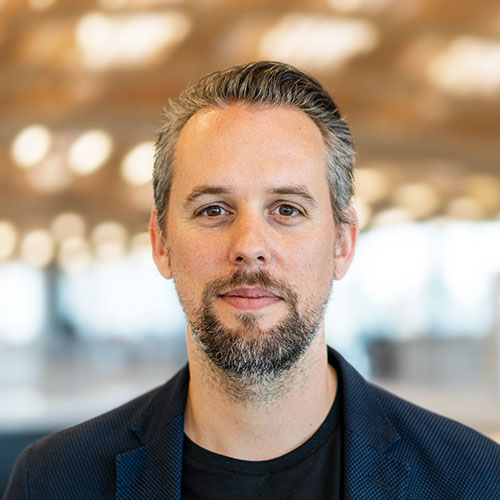 Philippe Block ETH Zurich,Full Professor, Chair of Architecture and StructureDr. Philippe Block is a full professor at the Institute of Technology in Architecture at ETH Zurich, where he leads the Block Research Group (BRG) with Dr. Tom Van Mele. Philippe is also Director of the Swiss National Centre of Competence in Research (NCCR) in Digital Fabrication. He studied architecture and structural engineering at the Vrije Universiteit Brussel (VUB) in Belgium and at the Massachusetts Institute of Technology (MIT) in the US, where he earned his PhD in 2009. He applies research into practice on the design, engineering and construction of novel shell structures and is the recipient of numerous awards, including the Rössler Prize for most promising young professor from ETH Zürich (2018) and the Berlin Arts Prize 2018 for Baukunst.
Philippe Block ETH Zurich,Full Professor, Chair of Architecture and StructureDr. Philippe Block is a full professor at the Institute of Technology in Architecture at ETH Zurich, where he leads the Block Research Group (BRG) with Dr. Tom Van Mele. Philippe is also Director of the Swiss National Centre of Competence in Research (NCCR) in Digital Fabrication. He studied architecture and structural engineering at the Vrije Universiteit Brussel (VUB) in Belgium and at the Massachusetts Institute of Technology (MIT) in the US, where he earned his PhD in 2009. He applies research into practice on the design, engineering and construction of novel shell structures and is the recipient of numerous awards, including the Rössler Prize for most promising young professor from ETH Zürich (2018) and the Berlin Arts Prize 2018 for Baukunst. -
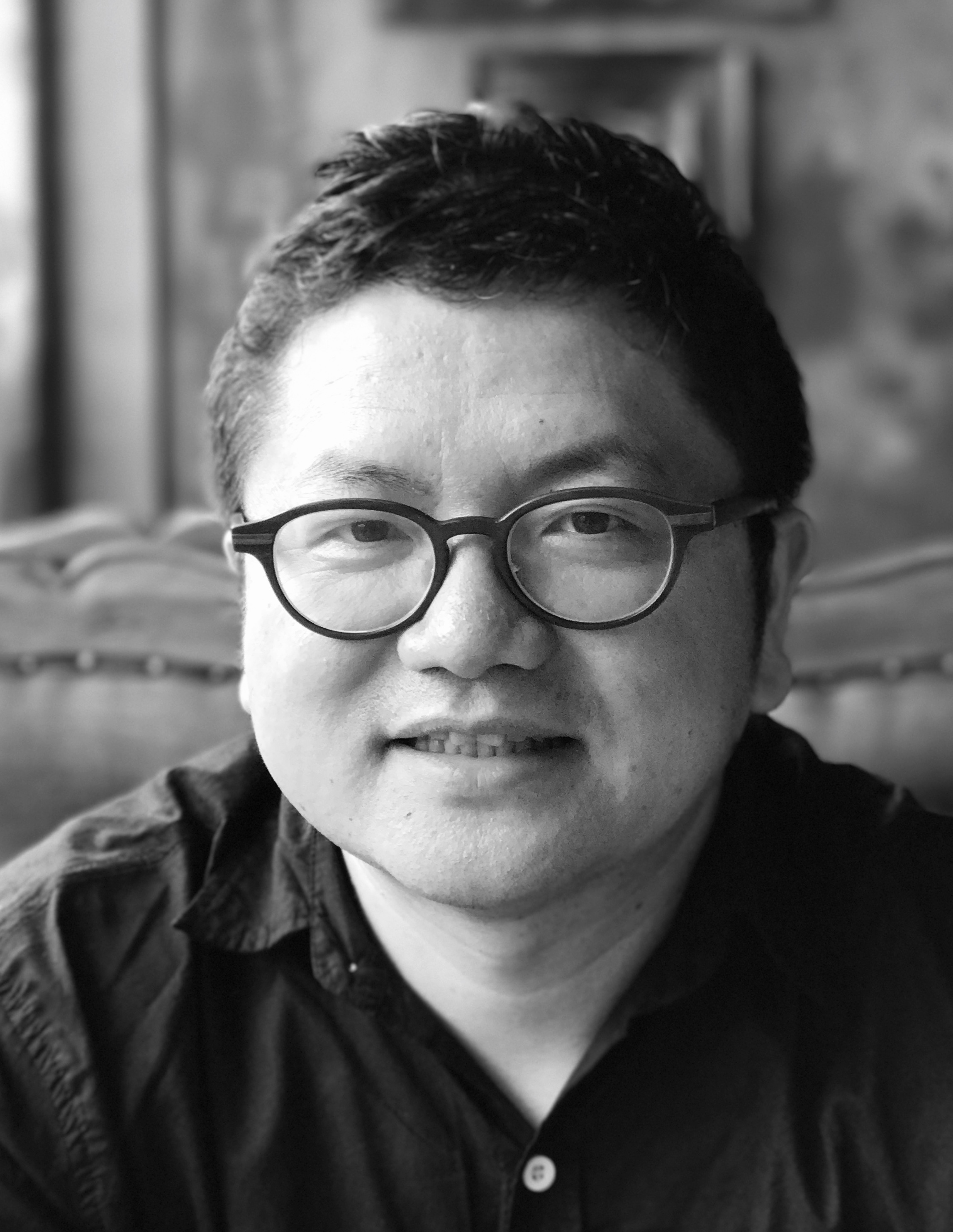 Philip F. Yuan Prof,Associate Dean, CAUP, Tongji UniversityPhilip F. Yuan Associate Dean, tenured professor of the College of Architecture and Urban Planning (CAUP) at Tongji University, Council Member of Architects Sector, Virtual and Automated Construction Sector as well as Academic Committee of Computational Design Sector at Architectural Society of China; Director of Academic Committee of Shanghai Digital Fabrication Engineering Technology Center; Co-Chair of DigitalFUTURES Association. He founded Shanghai based firms: Archi-Union Architects and Fab-Union Technology. Yuan is also a member in the Scientific Committee of The International Association on Spatial Structures (IASS) and the International Conference on 3D Printing and Transportation3D Printing and Transportation (3DTRB). His research mainly focuses on the field of performance-based architectural tectonics, the application of robotic fabrication equipment as weak as developments of robotic fabrication technologies and is able to realize many of his research theories in architectural practices.
Philip F. Yuan Prof,Associate Dean, CAUP, Tongji UniversityPhilip F. Yuan Associate Dean, tenured professor of the College of Architecture and Urban Planning (CAUP) at Tongji University, Council Member of Architects Sector, Virtual and Automated Construction Sector as well as Academic Committee of Computational Design Sector at Architectural Society of China; Director of Academic Committee of Shanghai Digital Fabrication Engineering Technology Center; Co-Chair of DigitalFUTURES Association. He founded Shanghai based firms: Archi-Union Architects and Fab-Union Technology. Yuan is also a member in the Scientific Committee of The International Association on Spatial Structures (IASS) and the International Conference on 3D Printing and Transportation3D Printing and Transportation (3DTRB). His research mainly focuses on the field of performance-based architectural tectonics, the application of robotic fabrication equipment as weak as developments of robotic fabrication technologies and is able to realize many of his research theories in architectural practices. -
Tom Van Mele ,
-
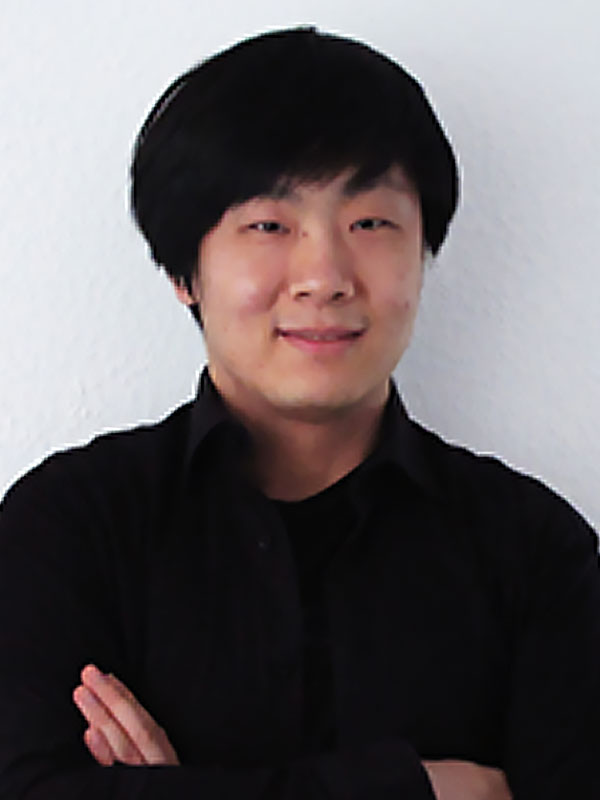 Xiang Wang Tongji University,Assistant ProfessorXiang Wang is an Assistant Professor at the College of Architecture and Urban Planning(CAUP), Tongji University. He finished his bachelor's study at Tianjin University, master's study at Tongji University, and received his Doctoral degree at the Technical University of Darmstadt, Germany. His research focuses mainly on innovative structure design methods and fabrication-aware design optimization, as well as robotic fabrication techniques. Xiang is a co-organizer of the DigitalFUTURES event, and also a reviewer of many international journals and conferences.
Xiang Wang Tongji University,Assistant ProfessorXiang Wang is an Assistant Professor at the College of Architecture and Urban Planning(CAUP), Tongji University. He finished his bachelor's study at Tianjin University, master's study at Tongji University, and received his Doctoral degree at the Technical University of Darmstadt, Germany. His research focuses mainly on innovative structure design methods and fabrication-aware design optimization, as well as robotic fabrication techniques. Xiang is a co-organizer of the DigitalFUTURES event, and also a reviewer of many international journals and conferences. -
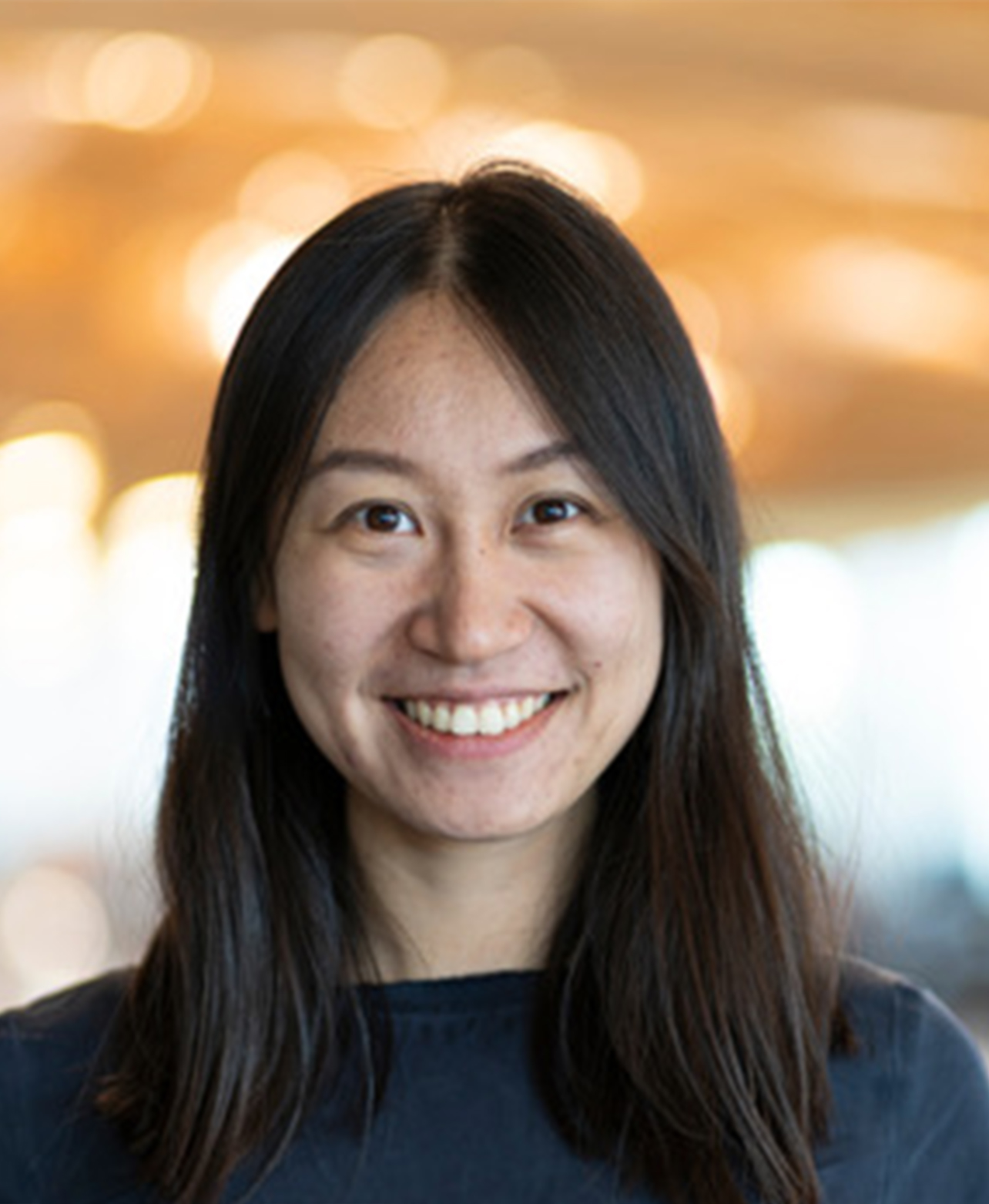 Chaoyu Du ETH Zurich,Ph.D. candidateChaoyu Du is an architect and designer with interest in computational design, digital fabrication, and the history of 20th-century modern architecture and engineering. She completed her diploma in architecture at Tongji University (M.Arch), a dual Master's degree in Urban Design at Technical University of Berlin (M.Sc), MAS in architecture and digital fabrication and CAS in computer science at ETH. She joined Block research group in 2020, with a focus on computational geometry and digital fabrication fabrication of shell structure.
Chaoyu Du ETH Zurich,Ph.D. candidateChaoyu Du is an architect and designer with interest in computational design, digital fabrication, and the history of 20th-century modern architecture and engineering. She completed her diploma in architecture at Tongji University (M.Arch), a dual Master's degree in Urban Design at Technical University of Berlin (M.Sc), MAS in architecture and digital fabrication and CAS in computer science at ETH. She joined Block research group in 2020, with a focus on computational geometry and digital fabrication fabrication of shell structure. -
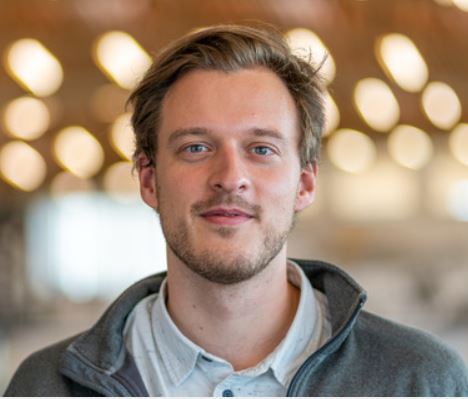 Sam Bouten ETH Zürich,research assistantSam Bouten is a structural engineer and architect. His curiosity goes to lightweight, funicular and adaptive structures, and further to the optimisation and computational algorithms that make these structures possible.
Sam Bouten ETH Zürich,research assistantSam Bouten is a structural engineer and architect. His curiosity goes to lightweight, funicular and adaptive structures, and further to the optimisation and computational algorithms that make these structures possible.